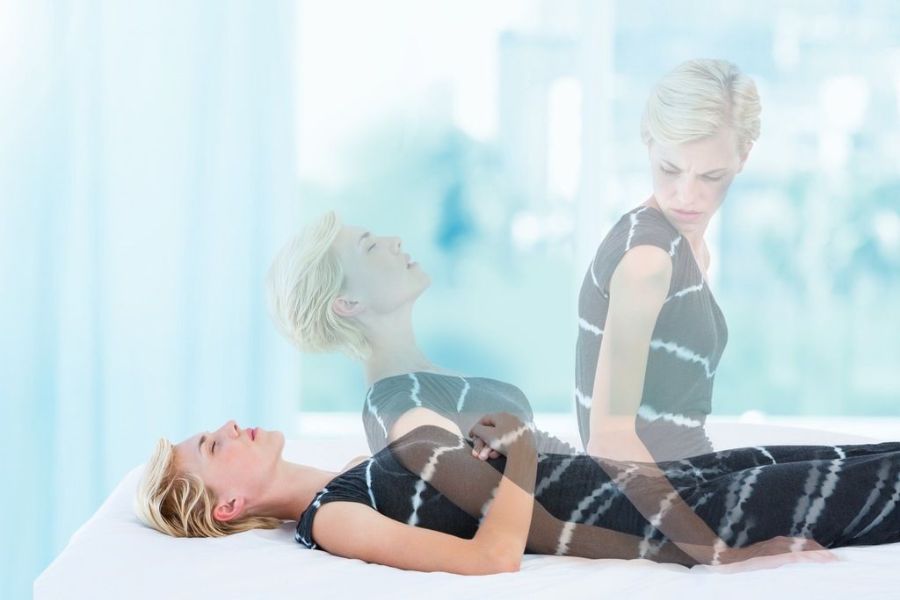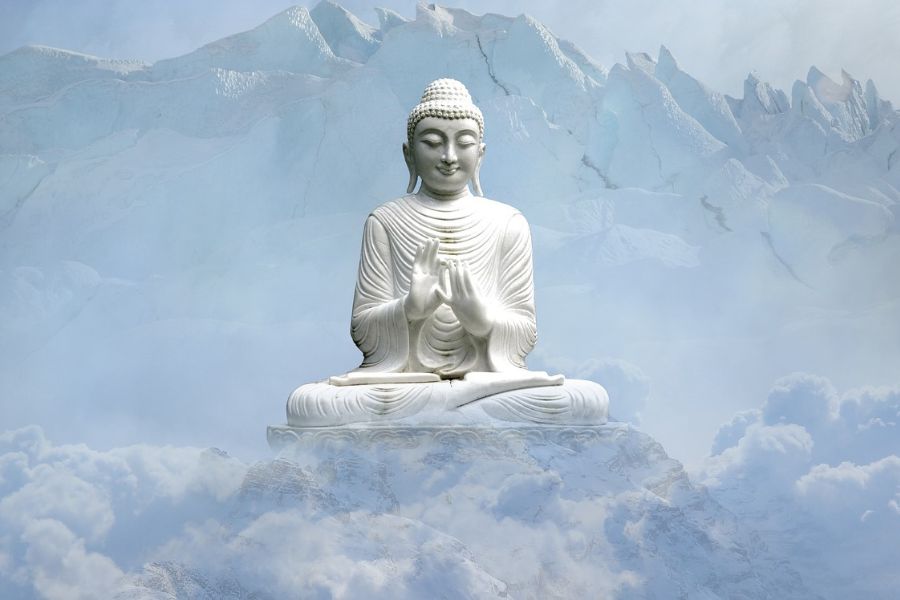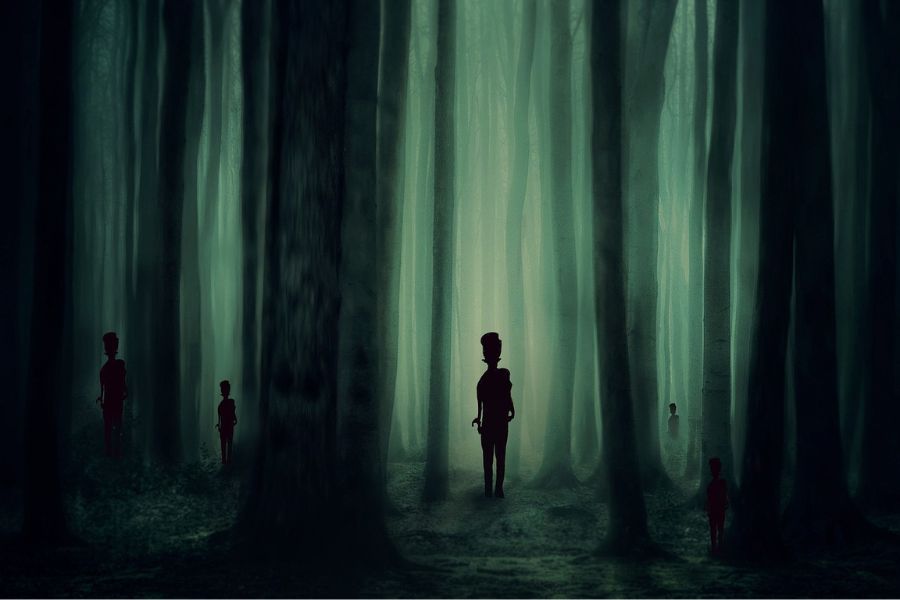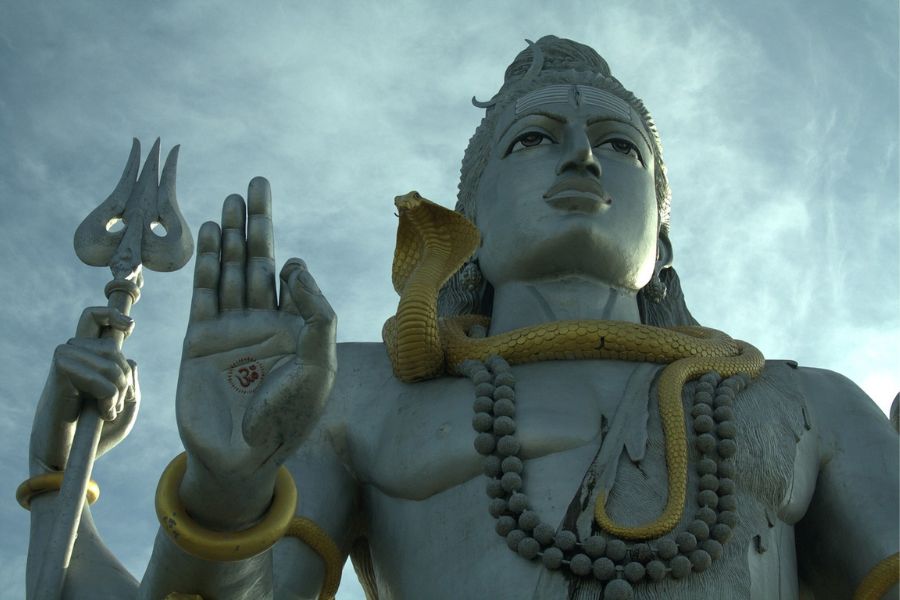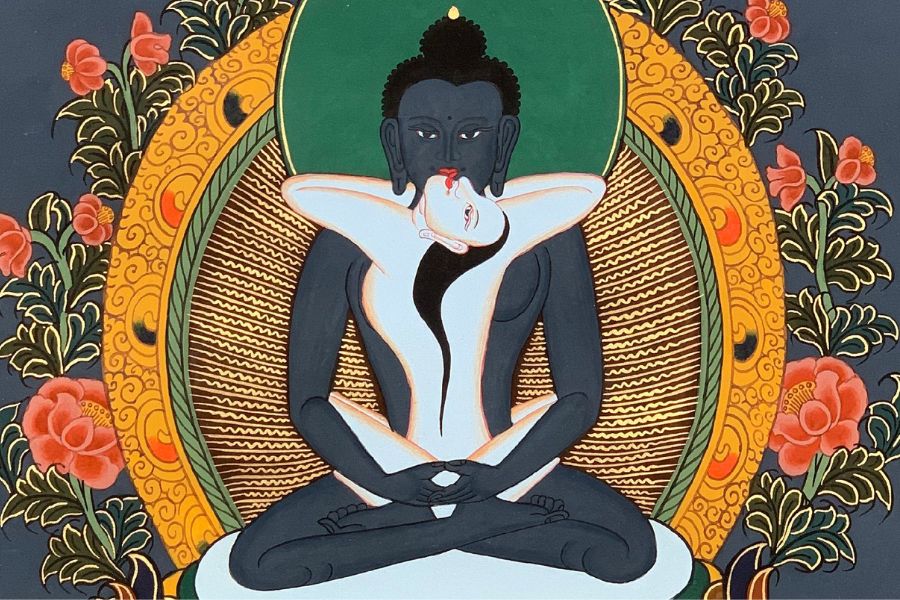Today, we will explore a topic that can be extremely useful for those seeking self-awareness: The Five Emotional Wounds, by Canadian author Lise Bourbeau. In this article, we will discuss the masks we wear to cope with these wounds and how they form throughout our lives.
It is crucial to understand that we all carry traumas, limiting beliefs, and emotional blockages that are marked in our physical bodies. As Wilhelm Reich wisely said, “The body is our unconscious made visible!” Therefore, learning to interpret the signals in our bodies can help us better understand our psychological functioning.
From an early age, we are influenced by beliefs and patterns that prevent us from living fully. When these beliefs become harmful, we try to hide them, and often, we believe they no longer exist. However, it is only when our minds, emotions, and bodies are in harmony with our inner selves that we can achieve true happiness.
The soul that incarnates on Earth already knows which wounds it needs to work on, and thus it chooses a family environment that favors this process. Throughout life, we attract people who will activate these wounds until we are able to heal them.
In childhood, when we cannot handle these wounds, we create masks to survive the family environment, but over time, these masks become obstacles as they hide our true nature and imprison us in suffering.
The body does not lie. It reflects the wounds we need to heal. If you cannot identify with a behavior, carefully observe your physical appearance — it may provide the answer you are looking for. The more characteristics of a wound pattern manifest in the body, the more severe the wound in question.
A child's life goes through various stages of emotional development. Initially, they experience the joy of being themselves, but later, they experience the pain of not having the right to express themselves freely.
This leads to a crisis, followed by resignation, in which the child creates a new personality, becoming what others expect them to be. Some people remain trapped in this phase, living in constant crisis or revolt.
It is in the fourth phase that masks begin to form, corresponding to the five main emotional wounds that humans experience. Each of these wounds manifests through a distinct mask, which serves to protect the person from the suffering caused by these painful experiences.
The Five Wounds and Their Masks
The Wound of Rejection: The person suffering from this wound feels that their right to exist was denied, especially by the same-sex parental figure. In response, they create the mask of the Escapist, trying to disappear, stay unnoticed, and avoid exposure. The wound of rejection may result in a narrow, contracted body, with features like a thin appearance and a fragmented body. The main fear of this person is panic, and their words often reflect a feeling of nullity or the need to disappear.
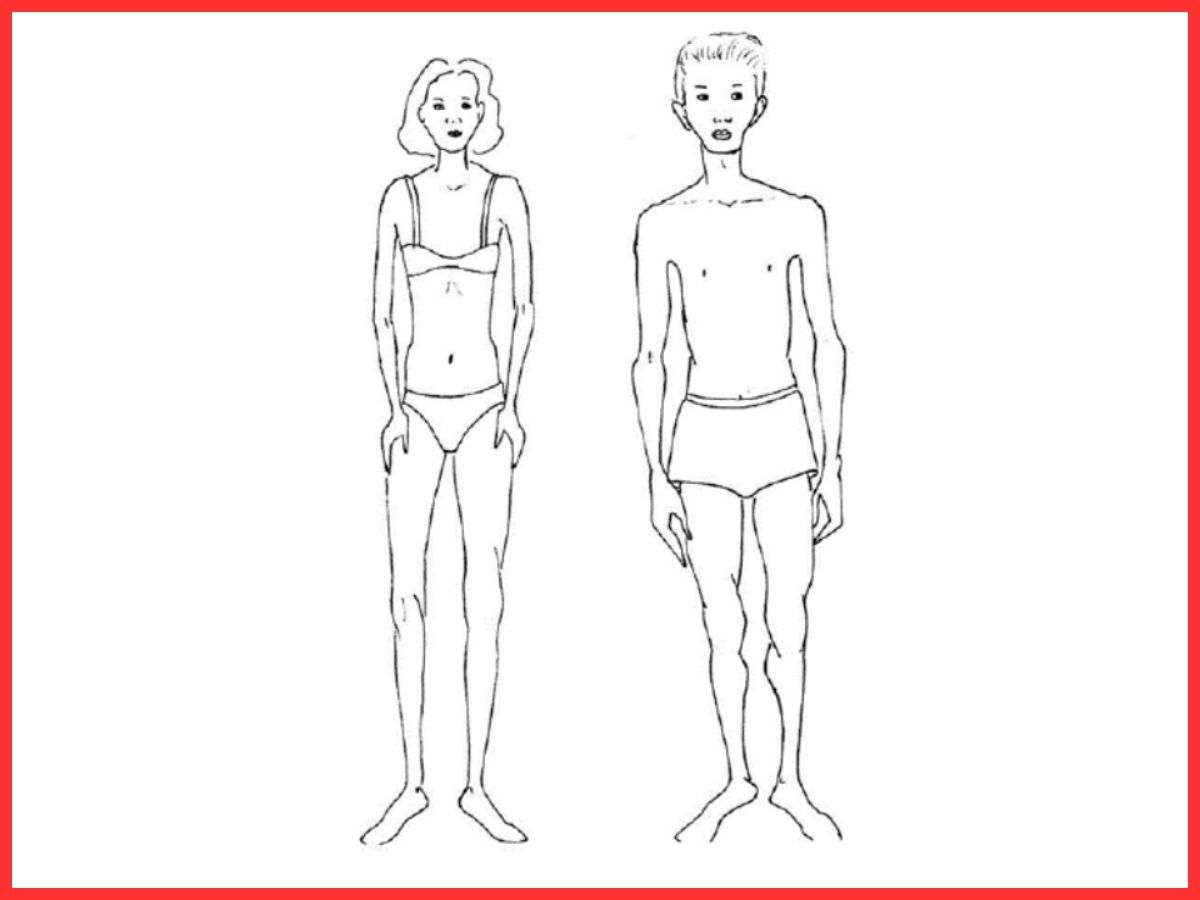
The Wound of Abandonment: Those who suffer from this wound feel emotionally abandoned by the opposite-sex parent. To cope with this, they form the mask of the Victimized, seeking constant approval from others but ending up feeling used and humiliated. The body tends to be more flaccid, with features such as long arms and large, sad eyes. The fear is loneliness, and their words often express a sense of abandonment or a constant need for company.
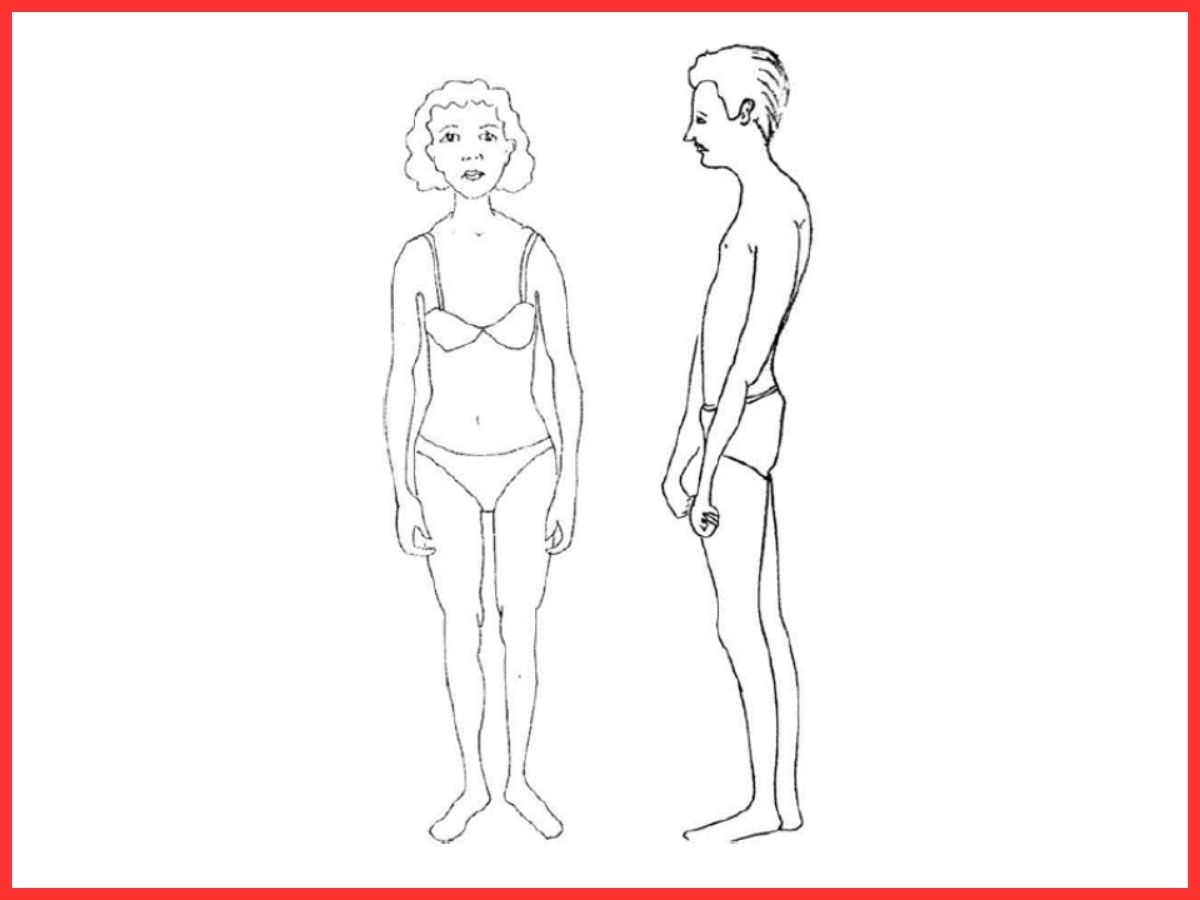
The Wound of Humiliation: The person carrying this wound feels humiliated by the parental figure responsible for their physical development, often resulting in the mask of the Masochist. The person with this wound constantly seeks to please others but feels exploited and unrecognized. Physically, their body may be rounder, with signs of malnutrition or flaccidity. The central fear of this wound is the loss of freedom, and their words commonly reflect feelings of inferiority.

The Wound of Betrayal: When the opposite-sex parent fails to keep their promises or manipulates the child, this generates the wound of betrayal. The person creates the mask of the Controller, believing they must control everything around them to avoid being betrayed again. Their body displays characteristics of strength and power, with broad shoulders or prominent hips, depending on their gender. The main fear of this person is separation and dissociation, and their words often reflect the need for control and self-sufficiency.
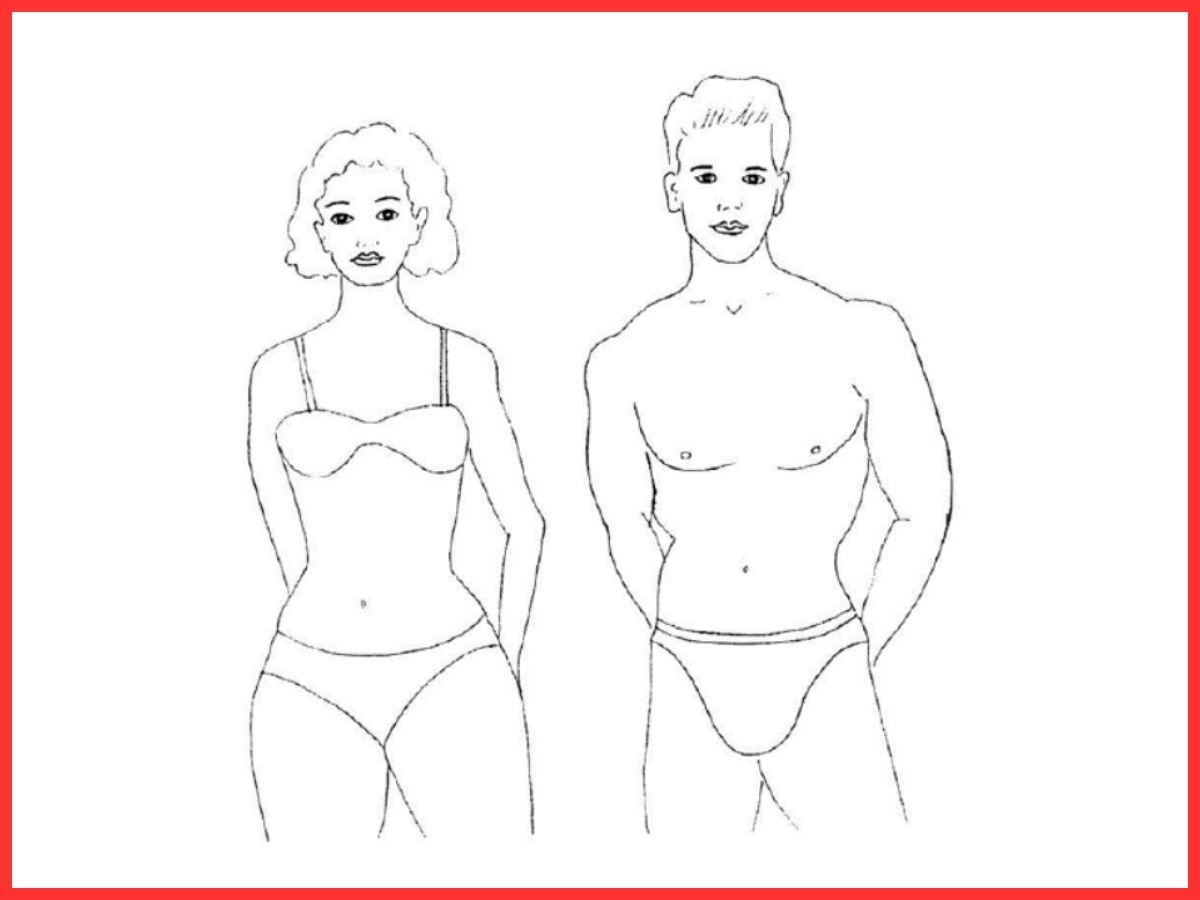
The Wound of Injustice: Those who experience the wound of injustice struggle to express their individuality and face the emotional coldness of their parents. This generates the mask of the Rigid, a personality that seeks perfection and justice at all costs. The body tends to be well-structured, with rigid movements and an erect posture. The fear of this person is emotional coldness and an inability to connect with others, and their words generally express a need for rigidity and control.
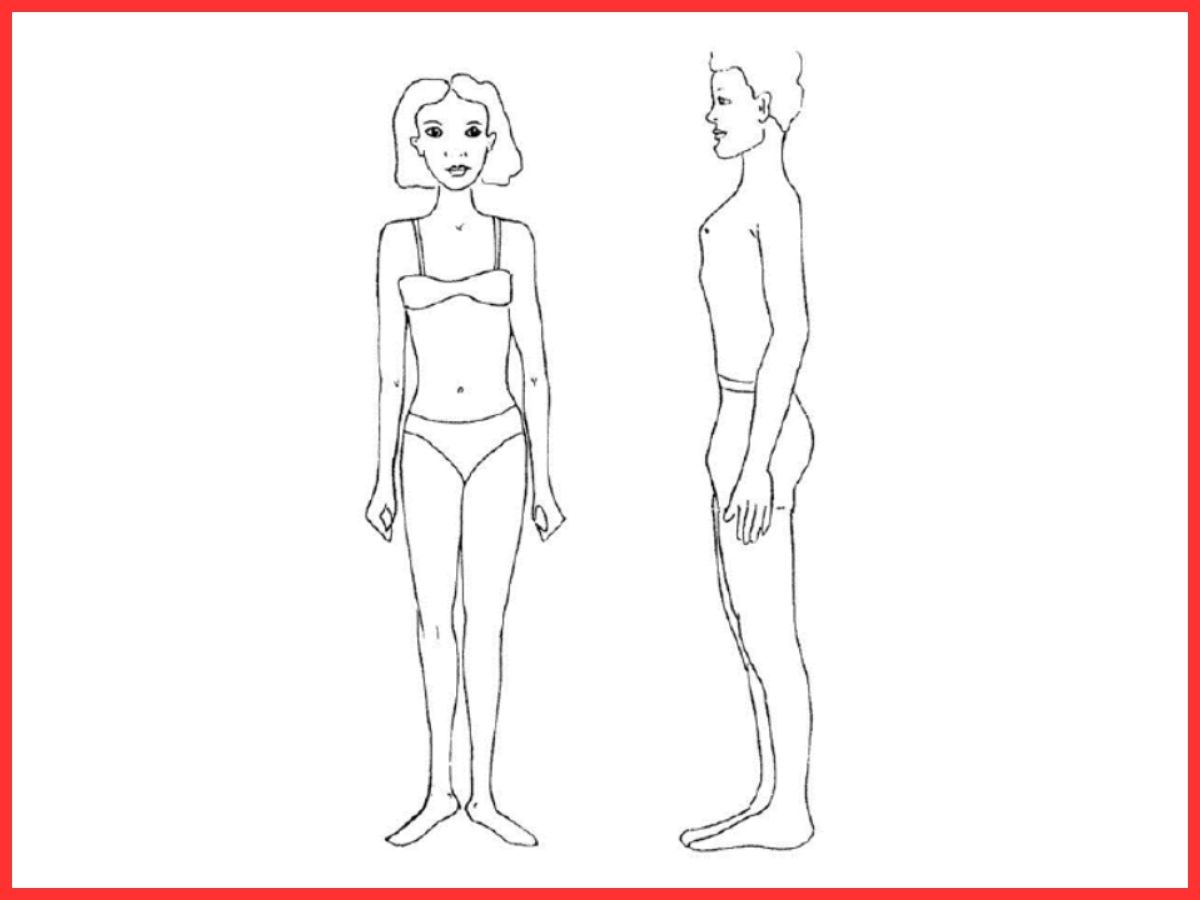
Recognizing these wounds in our body and behavior is essential to understanding our reactions to life's challenges. It helps us notice when we are wearing our masks, and we can begin to be more genuine and authentic.
By identifying the mask we use in certain moments, we can understand why we react differently from others in similar situations. Sometimes, a simple tone of voice can be interpreted in different ways, depending on the emotional wound a person carries.
Healing these wounds requires courage to face what is hidden within us. We can only heal what we can see and recognize. The first step is awareness, and as we become conscious of our wounds, we begin to walk toward a more balanced and fulfilling life.
Remember, the body does not lie — it reveals the wounds we need to heal.












